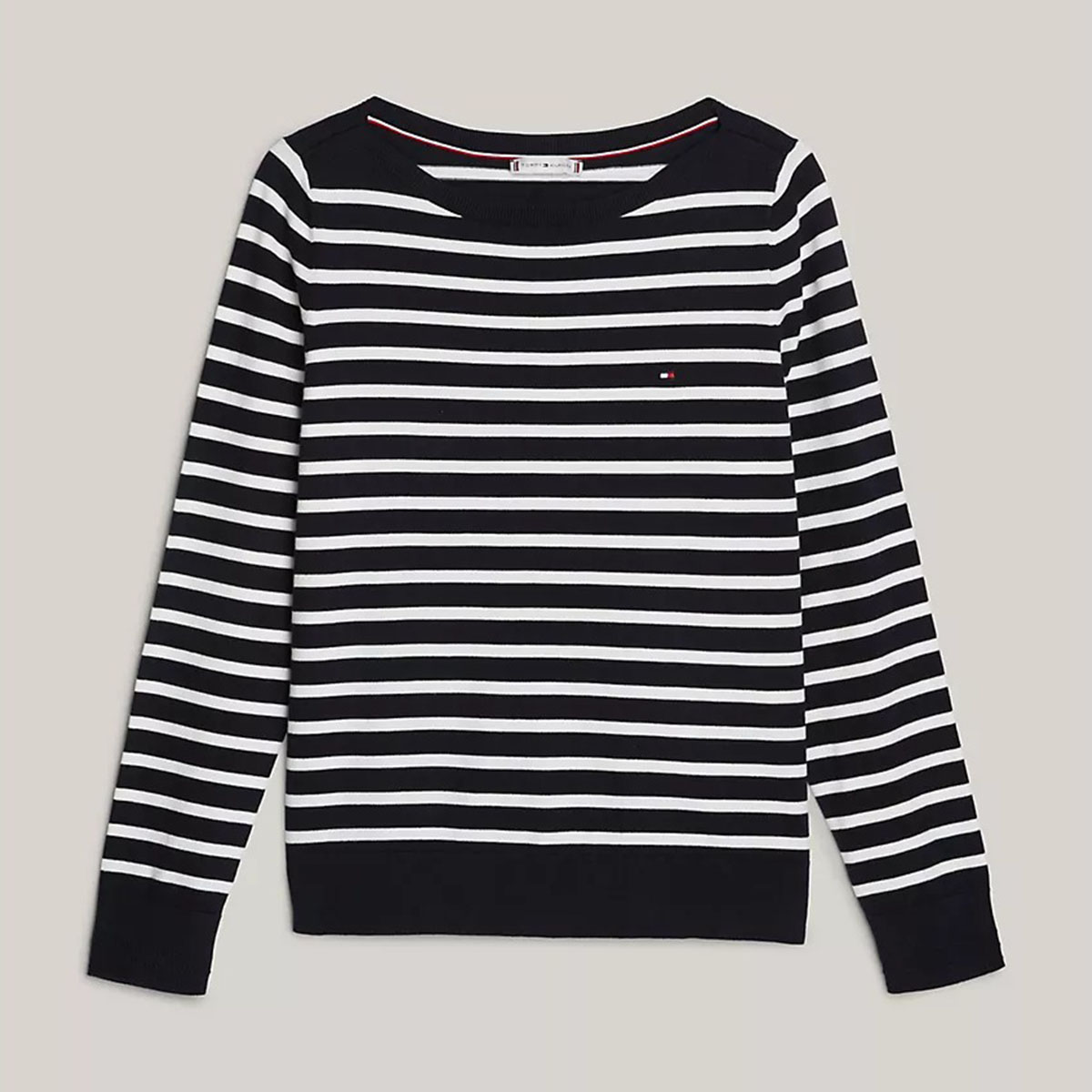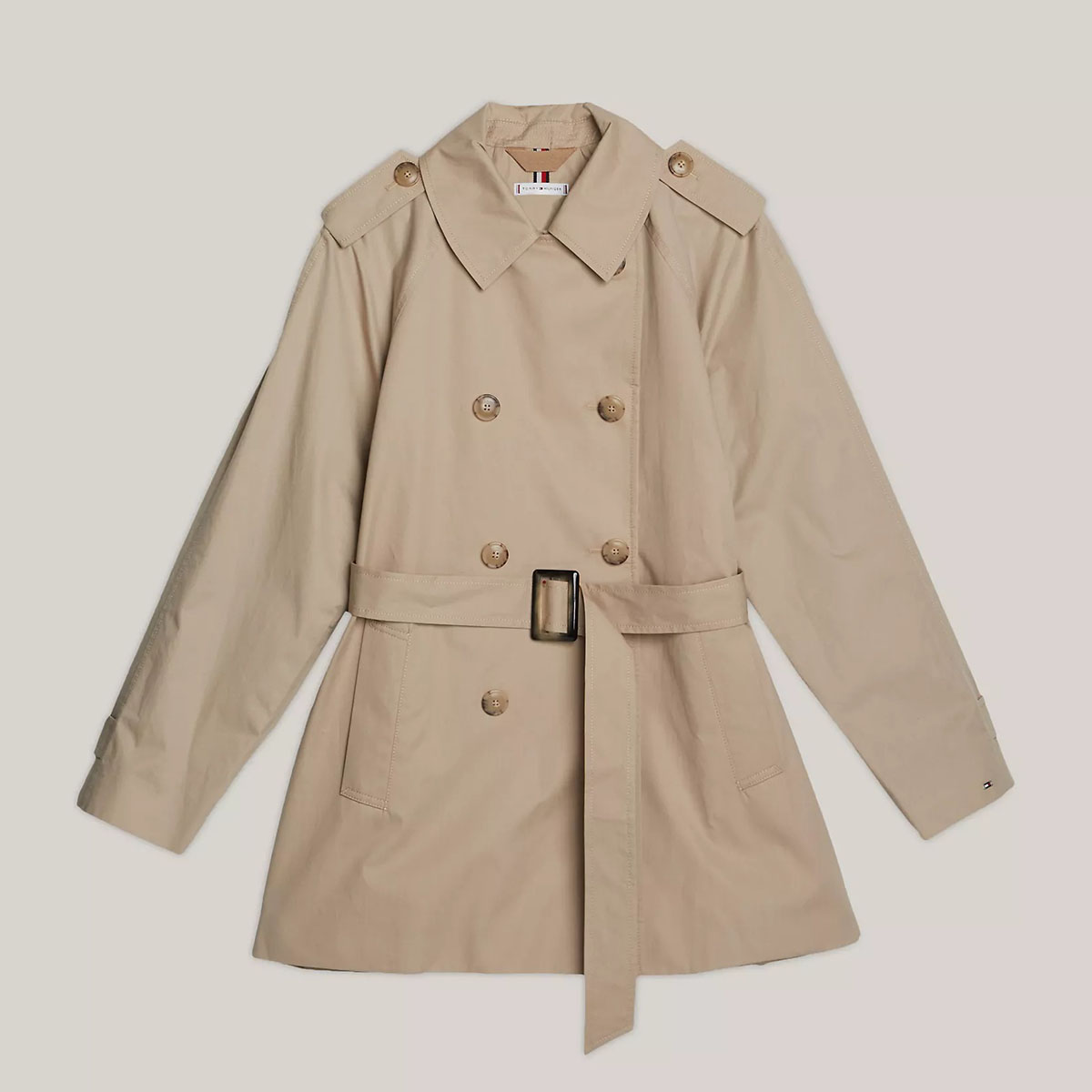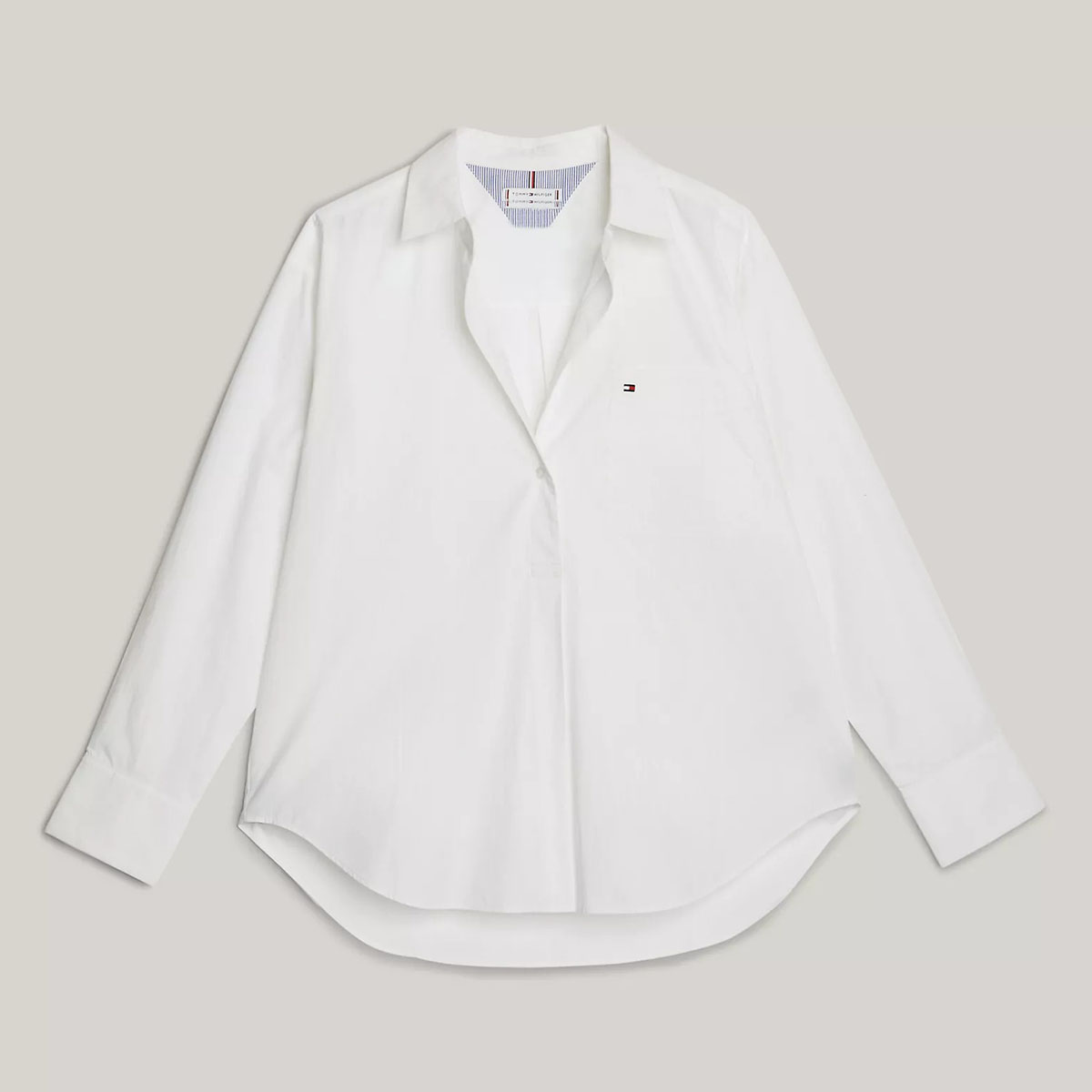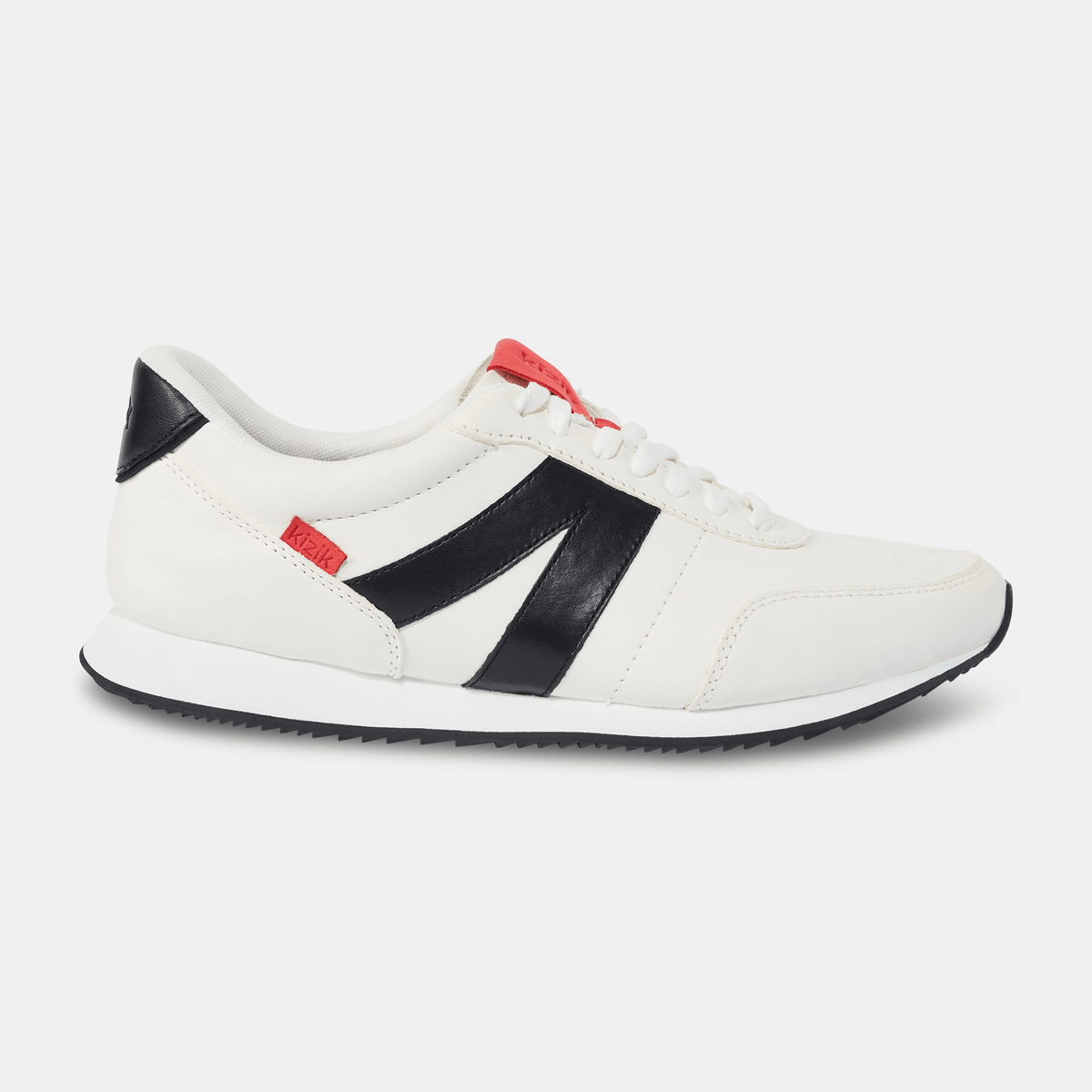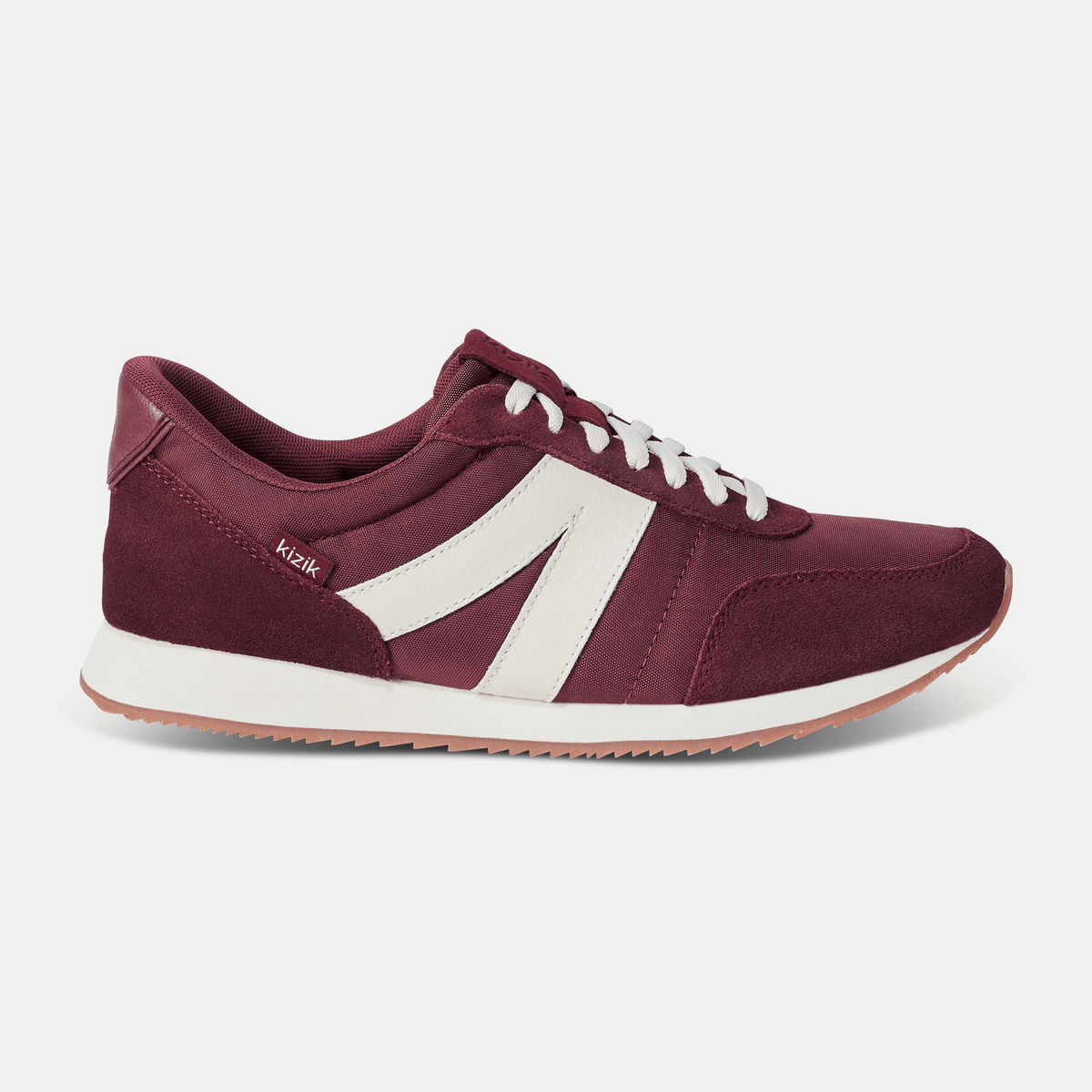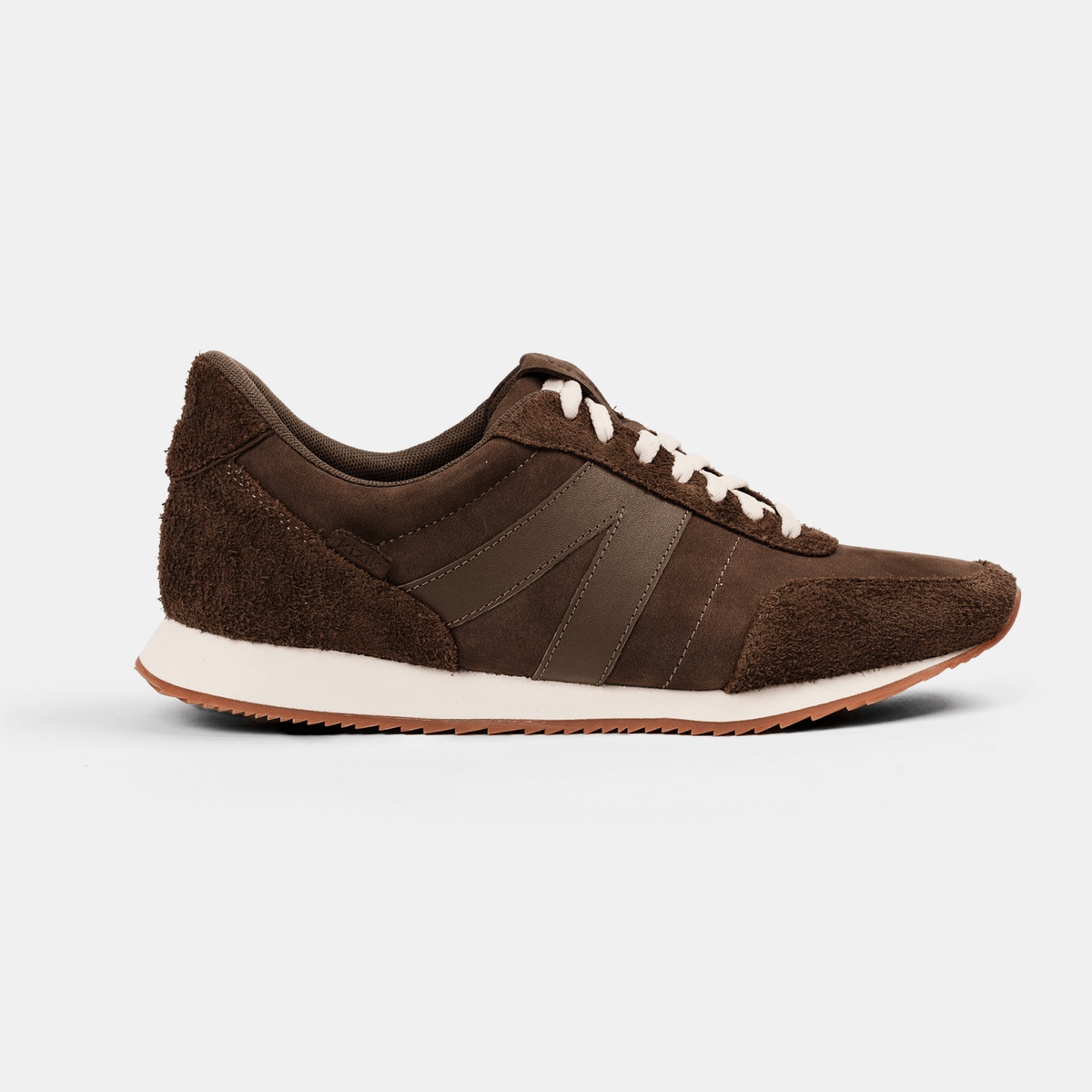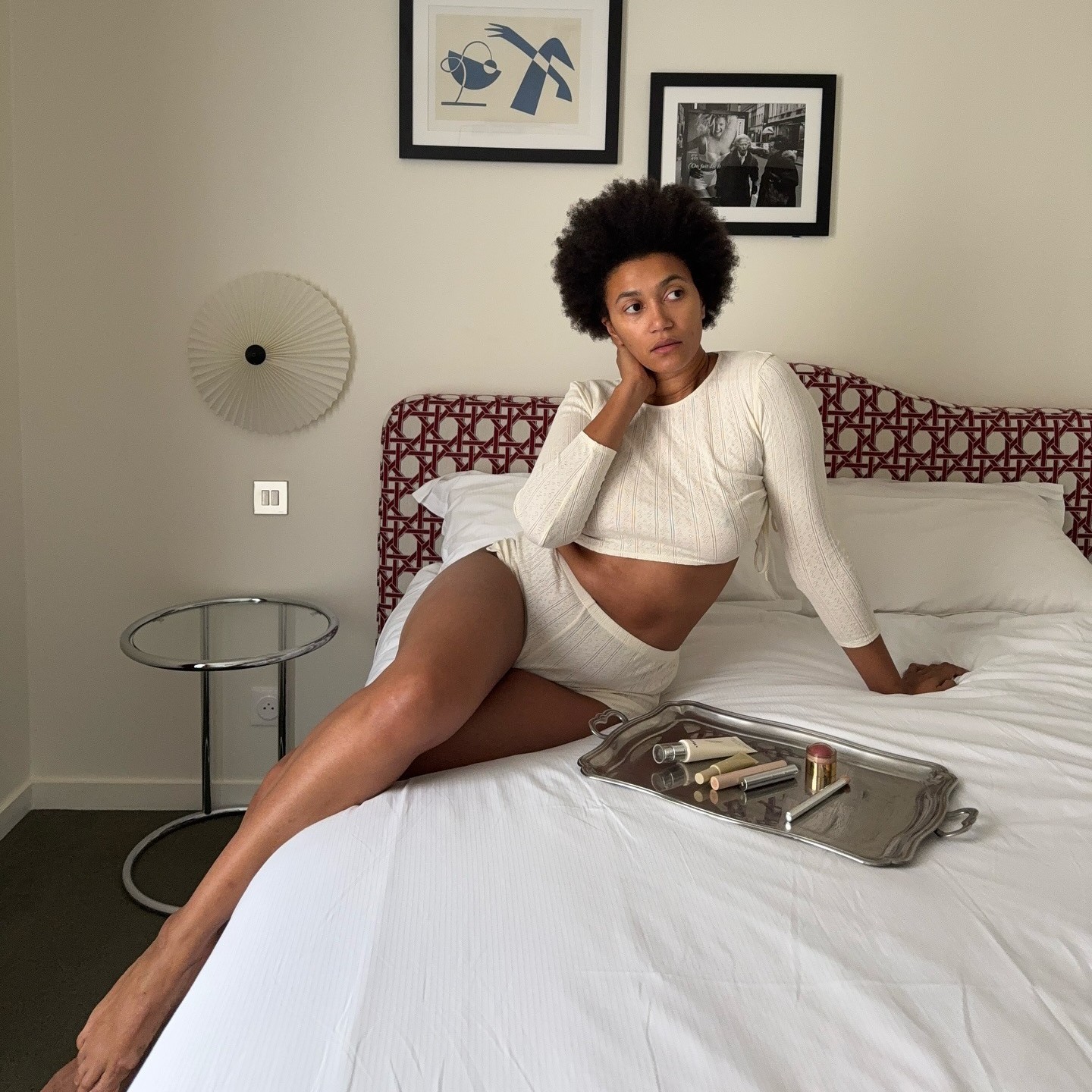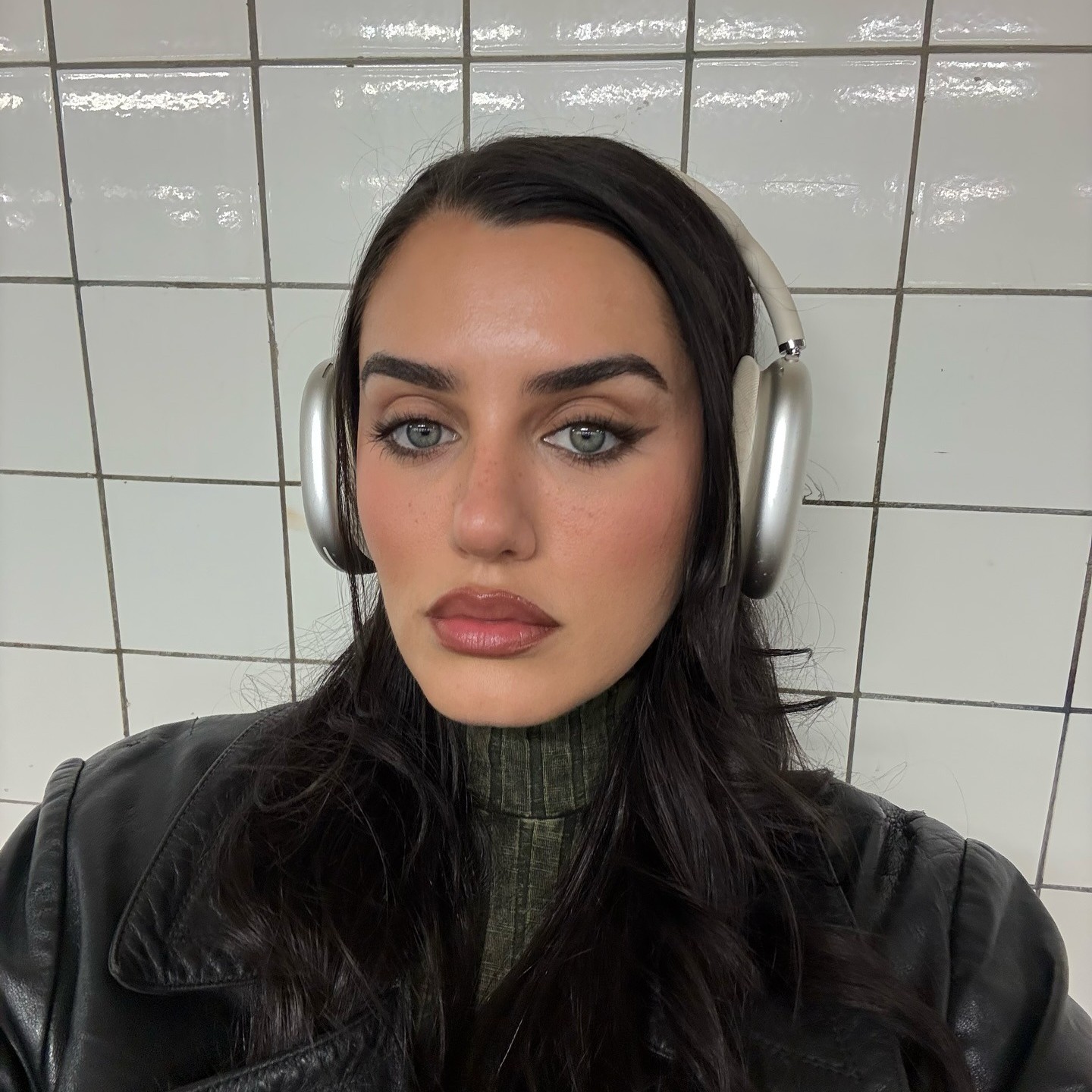The State of Adaptive Fashion
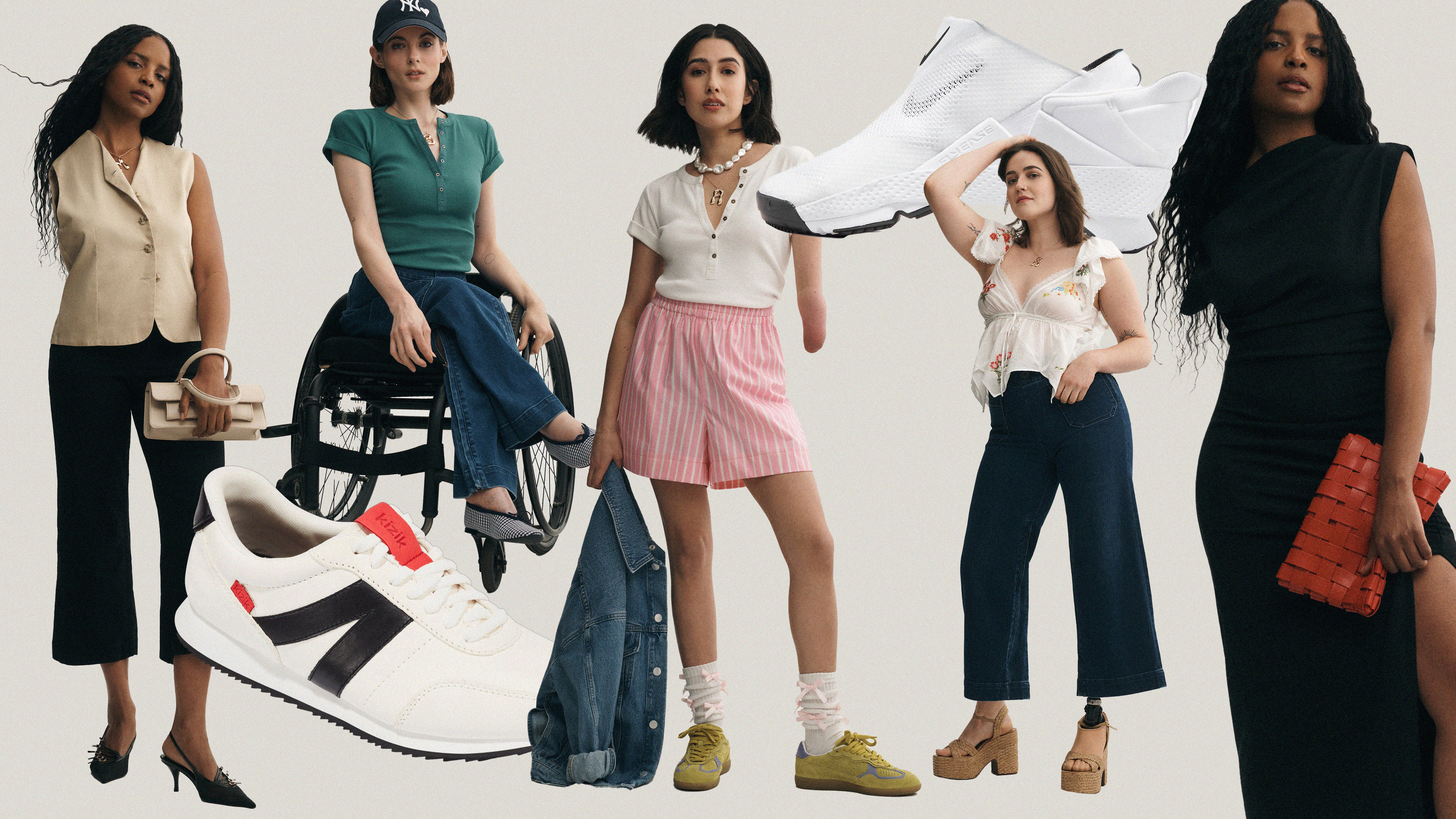
The concept of making fashion inclusive to people with disabilities isn't new, but it is complicated. For over 20 years between 1955 and the mid-1970s, American fashion designer Helen Cookman and New York Times style editor Virginia Pope fought to make adaptive fashion accessible. Together, the two founded the Clothing Research and Development Foundation, overseeing the largest collaborative effort to create adaptive fashion in the U.S., as well as Functional Fashions, an adaptive clothing line designed by Cookman and nearly 30 other participating designers. Before she died in 1973, Cookman teamed up with American denim giant Levi's to create a truly functional pair of pants, later named the 1975 jeans. They featured full-length zips and stretch denim fabric as well as easy-to-reach pockets for added utility. As a deaf woman, Cookman recognized early on how important—both socially and financially—it is for the fashion industry to cater to people with disabilities by designing not only functional clothing but functional stylish clothing.
In the close to 50 years since Levi's 1975 jeans were released, the industry's dedication to adaptive fashion has fluctuated at best. But the last decade has seen a resurgence on the part of both independent and global brands—brands that have come to understand the same concept that Cookman did: The roughly 13% of the American population that currently lives with a disability is worth catering to, and not just because doing so makes the companies look good. According to the American Institutes for Research, 22 million of those people are of prime working age and have a disposable income (after-tax income to cover necessities, including clothing) of around $490 billion and a discretionary income (leftover income for non-necessities) of about $21 billion. That's a market of over half a trillion dollars. And now that the World Health Organization is reporting that the population of people with disabilities is expected to rise with age and the increasing prevalence of noncommunicable diseases, those numbers are only going to go up.
There is still much work to be done, but we’re seeing promising progress year over year.
Tommy Hilfiger, Founder and Principal Designer of Tommy Hilfiger and Tommy Adaptive
With more people in need of solutions, this sector of the fashion industry should, too, be growing and adapting. And in many ways, it is. In 2016, Tommy Hilfiger made history when he modified his spring 2016 children's collection to be more accessible for people with disabilities, becoming the first global fashion brand ever to do so. "Initially, we noticed that fashion's diversity efforts focused on size, race, gender, and sexuality, largely overlooking people with disabilities," Hilfiger tellsBest Knockoff Luxury Clothing . Hilfiger, who has three children with autism spectrum disorder (ASD), knows firsthand how few options there are for people with disabilities in the fashion department and has seen how difficult basic tasks can be when your clothing doesn't work for your body. A year later, in 2017, the designer followed up the launch of his children's line with a new, functional offering for adults, solidifying his brand's place in the world of adaptive fashion.
"Since launching Tommy Adaptive, our goal has been to provide fashionable clothing with innovative design twists that make dressing easier and more enjoyable for those with disabilities," he says—emphasis on the word "fashionable." One of Hilfiger's top priorities is to create functional pieces that still fit his brand's aesthetic and therefore provide customers with disabilities the opportunity to buy the same styles as everyone else. For seven years, he's combined his brand's signature preppy Americana look with thoughtful designs and unique technologies to give people with disabilities more independence in every aspect of their days. Think trench coats, striped tees, dark-wash denim, and poplin shirtdresses that feature functional details such as concealed magnetic closures, internal pull-up loops, elastic waist and wrist details, and zip cuffs.
By focusing just as much on style and aesthetics as function, Hilfiger started a movement that other fashion brands have been getting on board with ever since. "It's encouraging to see more brands joining the adaptive conversation and incorporating designs for people with disabilities," he says. "There is still much work to be done, but we're seeing promising progress year over year."
From 2017 into the early 2020s, a plethora of new brands entered the scene with similar, if not the same, goals as Hilfiger. No Limbits was founded in 2019 by Erica Cole, who became frustrated by the lack of stylish garments available to her after a car accident resulted in a lower-left-leg amputation. She began altering clothes herself, and after receiving requests from other amputees, she went on Shark Tank to ask for help growing her brand, receiving a $100,000 investment in 2022. Also in 2019, occupational therapists and disability support workers Emma Clegg and Molly Rogers launched JAM the Label with a shared goal of increasing independence and self-expression for the people they worked with. Major retailers such as Zappos and Target also launched adaptive lines during this period.
In June of this year, Anthropologie joined the movement, marking its foray into functional fashion. The news coincided with a campaign starring content creators Allison Lang, Maya Moore, April Lockhart, and Bri Scalesse, all of whom had the opportunity to give feedback on the collection ahead of its debut on Anthropologie.com. According to Anthro's chief merchandising officer, Holly Thrasher, the request for adaptive options came directly from the brand's loyal community of employees and customers. "Our ERGs [or volunteer-based employee resource groups] serve as invaluable voices, guiding us toward inclusivity and innovation," she explains. When the concept of an Anthropologie adaptive clothing line was brought up, Thrasher says it immediately resonated with the internal team. "We're committed to serving every member of our community," she says, "and this felt like a natural extension of that commitment."
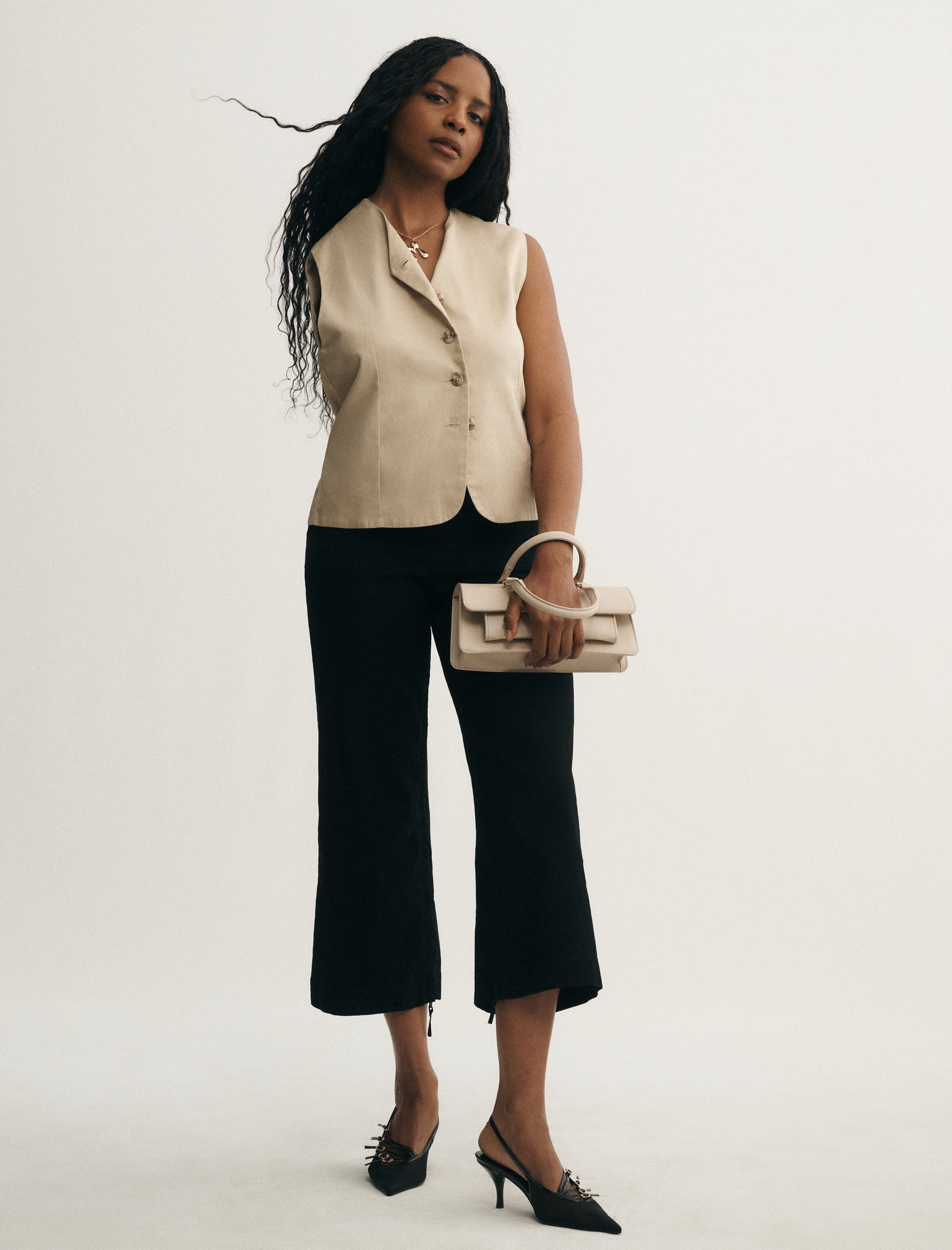
To ensure that everything included in the brand's adaptive-fashion debut checked off the boxes that its customers had asked for, Anthropologie called on outside experts like fit collaborators and influencers, who provided feedback throughout the design and manufacturing process. According to the brand's chief creative officer, Richa Srivastava, merging functionality with the style that Anthro's customers are used to seeing was of the utmost importance. As such, the line debuted with pieces that fans already know and love, like the Andie tee, the Maya dress, and the Boyfriend jacket, all adapted with innovative design features such as "ease of use and superior comfort," says Srivastava. Other iconic styles like the Bennet shirt, Colette pants (available in seated and standing versions), and Bettina dress were also modified to improve wearability. "For instance, in the case of the seated Colette pant, we adjusted the rise to better suit someone seated, eliminating back pockets to reduce bulkiness when sitting," Srivastava says. "We also incorporated features like magnetic snap closures, zipper openings along pant inseams, as well as tabs and snaps for customizable length adjustments on the garments in this collection."
To better the shopping experience all around, the new functional adaptations of Anthro's best sellers are all located on the same shopping page as the originals, meaning that shoppers don't have to dig through the website to find what they're looking for. In the product description, all the recently added adaptive functionalities and design details are listed in bullet points for easy viewing. Plus, if you highlight the list, right-click and go to speech, shoppers who are blind or have low vision can listen to it being read out in simple, concise verbiage.
We heard directly what was on their mind—what felt great and what we needed to improve.
Lydia Smith, Chief Diversity Officer at Victoria's Secret Co.
Victoria's Secret is another newcomer to the adaptive fashion category, having launched its first adaptive intimates line in October of last year. Like Anthropologie, Victoria's Secret and Pink began as a direct result of feedback from customers with disabilities. "We want our customers to see themselves reflected in our brand and products," says Lydia Smith, VS&Co's chief diversity officer. "To engage with and learn from women with various disabilities," Smith says Victoria's Secret and Pink called on Gamut Management, a consulting and talent management firm that works alongside and for people with disabilities. The game changer, Smith says, was incorporating direct feedback from people with disabilities throughout every step of the process. The brand sent pieces for wear testing, held focus groups and feedback panels, and more to ensure that the final collection would satisfy the needs of its desired audience (and more). "We heard directly what was on their mind—what felt great and what we needed to improve," Smith says. Based on this feedback, the team at VS focused on features like magnetic closures, sensory-friendly fabrics, one-piece constructions, fully adjustable and convertible front straps, and just-right mid-rise coverage on bikini silhouettes.
To further provide for their customers, Victoria's Secret teamed up with Liberare, a longtime creator of adaptive intimates, to sell its renowned pieces to a wider audience. Other brands like Aerie have also chosen to sell third-party adaptive brands online to share them with their larger platforms.
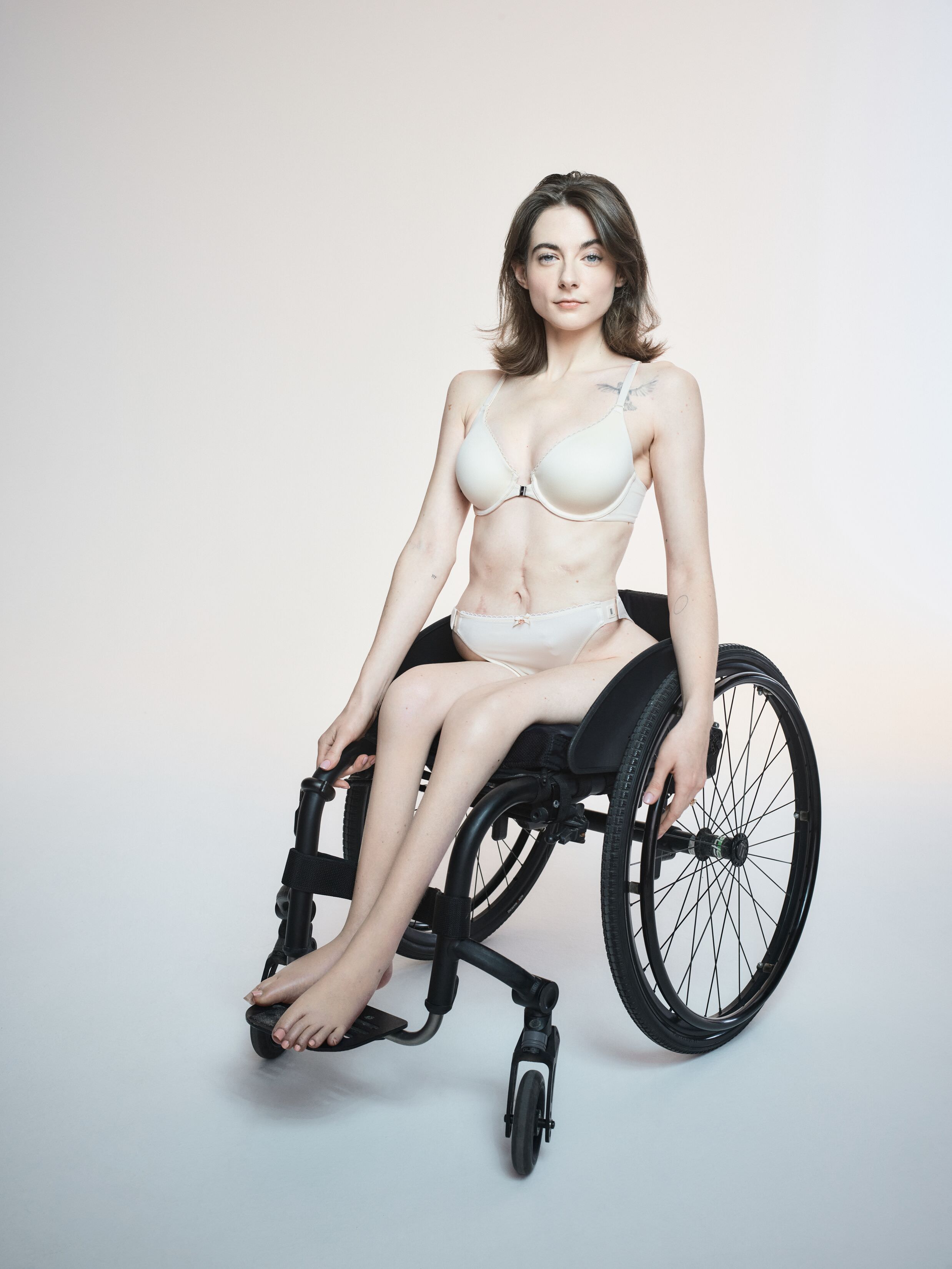
Advances in the world of functional fashions extend beyond garments. In the footwear space, two brands are dominating, using their own unique hands-free technologies to make putting on and removing shoes easier, thus providing greater independence to people with disabilities. "Kizik was founded [in 2017] with the goal of making footwear more accessible and convenient for everyone," says Monte Deere, the Utah-based brand's CEO. Unlike some other brands, Kizik founder Mike Pratt didn't plan to create products for people with disabilities, but his design quickly caught on in the community. "Hands-free shoes can significantly improve the lives of individuals with disabilities by reducing the physical effort and dexterity needed to put on and take off shoes," says Deere. "For people with limited mobility or dexterity, this can mean greater independence and safety, eliminating the need to bend over or use their hands extensively. The secure fit and easy access help prevent accidents and provide a reliable, comfortable option for daily wear."
In the six years since the brand was founded, Deere says that Kizik's technology has evolved tremendously as it continues to strive to make shoes more accessible. "Kizik has filed numerous (almost 200) patents so that its parent, HandsFree Labs, Inc., owns and protects the unique hands-free shoe technologies that enable different ways to provide a snug fit without the need for laces or straps," he continues. HandsFree Labs' patents cover both utility and design, which, when viewed together, Deere says, create "a foundational base of intellectual property that essentially covers all of the fundamental, workable ways to put on shoes hands-free."
In 2019, Kizik's parent company joined forces with Nike, agreeing on a deal that extended the reach of HandsFree Labs' patented portfolio of Foot Activated Shoe Technology (FAST) solutions, which allow consumers to step in and out of shoes without using their hands. Two years later, Nike announced the release of its first-ever hands-free sneaker, called the Go FlyEase, an adaptation of the sneaker giant's FlyEase line, which was designed for athletes with disabilities, featuring zippers and straps rather than laces. The advanced version centers on a bistable hinge that allows wearers to step into their sneakers without the need for adjustments or closures.
Focusing on products, though, is but one of the many ways that brands can make fashion more accessible for people with disabilities. Leaning on tech opens the adaptive fashion space to a seemingly endless pool of opportunities. For example, in 2023, Gucci announced a partnership with Aira, a virtual accessibility assistance app that provides consumers who are low vision or blind with a more well-rounded in-store experience—a significant aspect of shopping in the luxury space. Aira's role involves connecting Gucci's customers with remote visual interpreters via the cameras on their phones. These interpreters will then describe in detail the space around the user, including the aesthetic design of the store and details of specific products, as well as more functional components of the space, like accessible entry options and the location of the dressing rooms and checkout counters.
When people think of disabilities, they think only of necessity.
Stephanie Thomas, Founder of Cur8able
Stephanie Thomas, a disability fashion stylist and the founder of Cur8able, offers another type of in-store shopping experience for customers with disabilities. "I've started what we call impact events," she tellsBest Knockoff Luxury Clothing . Essentially, she visits a store—she partnered up with Nordstrom on her first event—and works with a top stylist to curate pieces. "Then we had a live fashion event for people with various disabilities, their caregivers, and occupational therapists." According to her, this is one way to bridge the gap and help people with disabilities shop in person with enjoyment and satisfaction.
But Thomas doesn't want advances in the adaptive fashion space to end at shopping. True clothing lovers know that so much of fashion's appeal comes from looking through runway shows, seeing how supermodels embody a piece on the runway, and noticing the intricate details on a garment that make it special. But those aren't often bits of information that are accessible for people who are blind or low vision. "When people think of disabilities, they think only of necessity," Thomas explains. "They don't think of what we want." For example, Thomas speaks of the way sighted people can look out the window and take in a blue sky. You don't need to see it, sure, but the impact it can have on your mood is undeniable. "I think that's an important part [of this conversation]: If we can go into a museum and receive [an audio device to accompany a tour], why can't we get those for fashion shows?"
Click the play button above to listen to one of Stephanie Thomas's fashion descriptions about the Alaïa summer/fall 2024 runway show.
Seeing this as an opportunity, Thomas began working on what she calls "fashion descriptions," or highly detailed explanations of fashion shows, models, and garments. The same can be created for campaign imagery, fashion parties, stores, and specific products. She created one for the summer/fall 2024 Alaïa show in Paris, first describing the setting, then one specific model and the dress she wore on the runway. Details like the color of the walls, the material used for the physical runway, and the overall décor and aesthetic of the space are included in the description. The same protocol was used for the garment, look six from the show. "The model wears a rich purple sleeveless dress crafted from a single merino wool yarn developed over a year," the description states. "The dress has a high, fitted collar; a wide-band drop waist; and a flowy pleated skirt that stops just below the knee." She explains every detail, painting a picture for any interested parties who aren't able to watch the show. Instead, they can listen to the audio she recorded of her commentary.
"I thought the audio description effectively portrayed look six, detailing a vibrant purple sleeveless dress with intricate design features," Stephanae McCoy, the founder of the blind advocacy program Bold Blind Beauty, said in her feedback of Thomas's audio fashion descriptions. "I admit I was tripped up on the fluffy pom-pom forearm sleeves, as I couldn't quite understand what they looked like," she said, "but the purple, sleeveless, high-fitted collar, drop waist, and flowy pleated skirt just below the knee I could envision." At one point, McCoy even described the audio descriptions as "magical."
[We] are well aware that [our] customers want more.
Holly Thrasher, Chief Marketing Officer at Anthropologie
Coming up with and implementing innovative—and in some cases, life-changing—solutions like this is something that Thomas has done throughout her 20-plus-year-long career, from her unique Disability Fashion Styling method to now introducing more tech and consulting into her repertoire. For her, Gucci's use of Aira audio solutions and her fashion descriptions are the next frontier. Functional products must continue to be designed and produced in thoughtful and style-minded ways, thus allowing the 16% of people in the world who have a disability to express themselves through style just like everyone else. But as that number increases, Thomas wants to put pressure on the industry to also look at other ways to make fashion more accessible. Consumers with disabilities, like all consumers, should have access to everything fashion has to offer, including apparel and more that they don't just have to buy but want to, as well as stimulating and informational shopping and runway experiences.
This future is more than possible and ready to be implemented on a massive scale. Newcomers to the adaptive fashion industry like Anthropologie are prepared to add to their offerings regularly: "[We] are well aware that [our] customers want more," says Thrasher. Technology-driven brands like Kizik continue to build on their patents to make functional footwear better, easier, and more accessible. And Thomas has some work in the pipeline that'll shake up this space for years or even decades to come.
So what is the current state of adaptive fashion then? Including people with disabilities in the world of fashion isn't a revolutionary concept, and designers have been doing it for decades, albeit challenged by the fact that innovations within the space ironically haven't come nearly as quickly as the word "adaptive" may imply. However, there is hope that positive change will continue. Hilfiger himself says, "I believe the future of fashion depends on this." So long as brands continue to align their values and priorities with their consumers, the adaptive fashion landscape—and the fashion industry as a whole—can reach unprecedented heights.
Eliza Huber is an NYC-based senior fashion editor who specializes in trend reporting, brand discovery, and the intersection of sports and fashion. She joinedBest Knockoff Luxury Clothing in 2021 from Refinery29, the job she took after graduating with a business degree from the University of Iowa. She's launched two columns, Let's Get a Room and Ways to Wear; profiled Dakota Fanning, Diane Kruger, Katie Holmes, Gracie Abrams, and Sabrina Carpenter; and reported on everything from the relationship between Formula One and fashion to the top runway trends each season. Eliza lives on the Upper West Side and spends her free time researching F1 fashion imagery for her side Instagram accounts @thepinnacleoffashion and @f1paddockfits, watching WNBA games, and scouring The RealReal for discounted Prada.
-
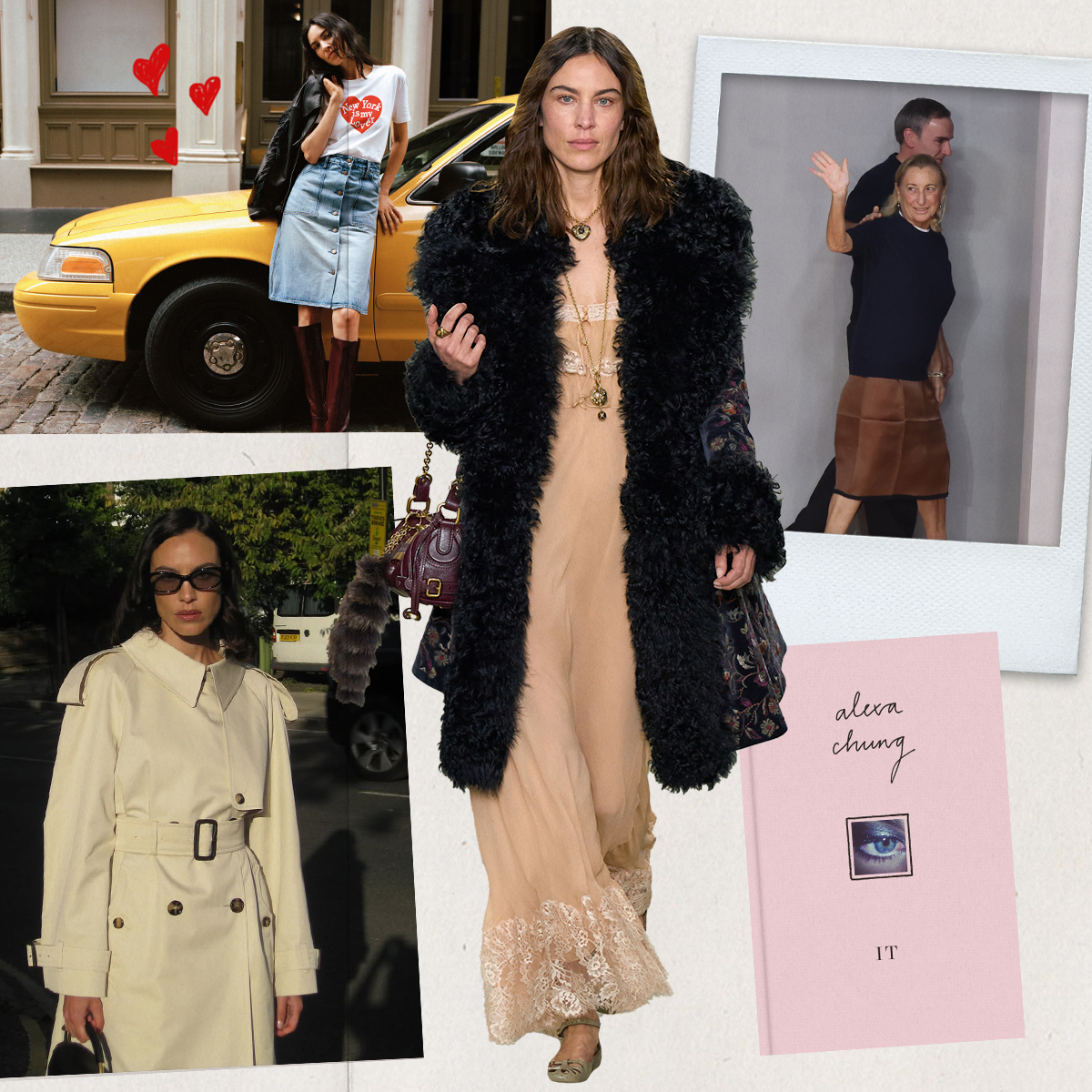 Alexa Chung's World: Her Best-Selling Madewell Collab, Personal Style Icons, and Spiciest Fashion Takes
Alexa Chung's World: Her Best-Selling Madewell Collab, Personal Style Icons, and Spiciest Fashion TakesPlus, what she's reading and listening to and her favorite spots in London.
-
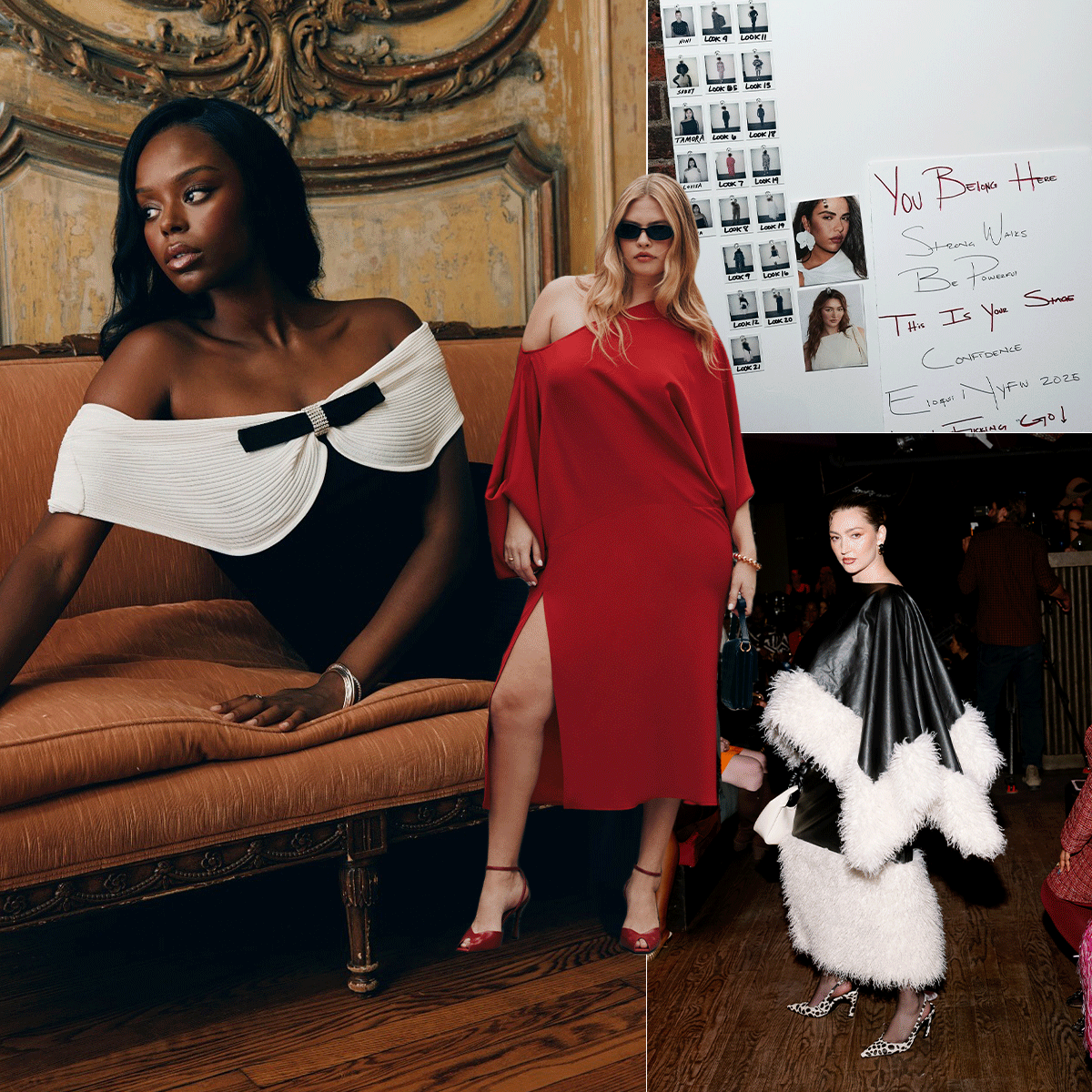 In a World of Shrinking Size Inclusivity, Eloquii Stands Larger Than Ever
In a World of Shrinking Size Inclusivity, Eloquii Stands Larger Than EverWelcome to the Eloquiissance.
-
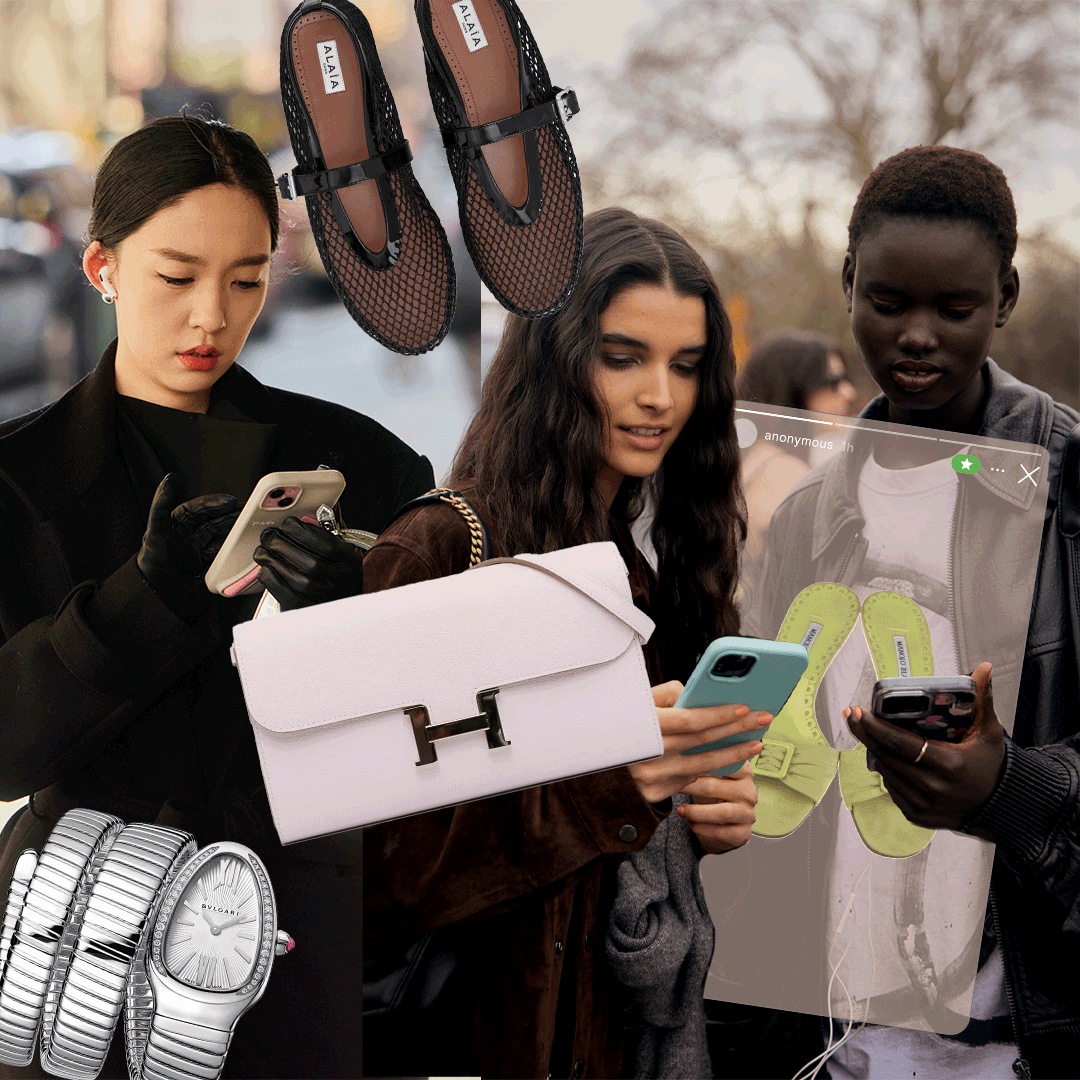 The New Elite Way to Shop Is Off the Grid and Invite Only
The New Elite Way to Shop Is Off the Grid and Invite OnlyIf you know, you know.
-
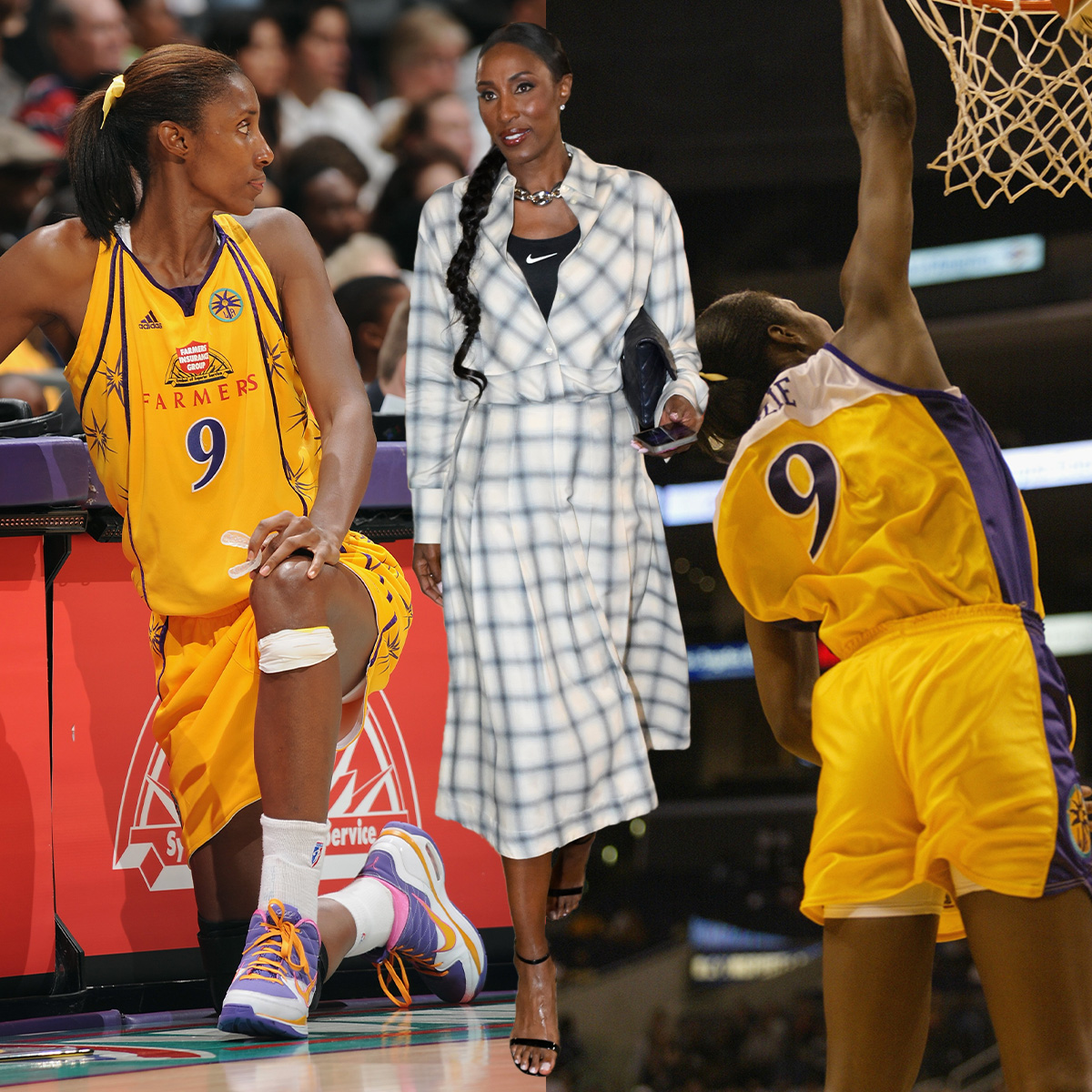 Lisa Leslie Is Still an All-WNBA First Team Dresser
Lisa Leslie Is Still an All-WNBA First Team DresserI sat down with the three-time MVP at Café Kallmeyer, an event hosted by Kallmeyer and Nike during the 2025 WNBA All-Star weekend.
-
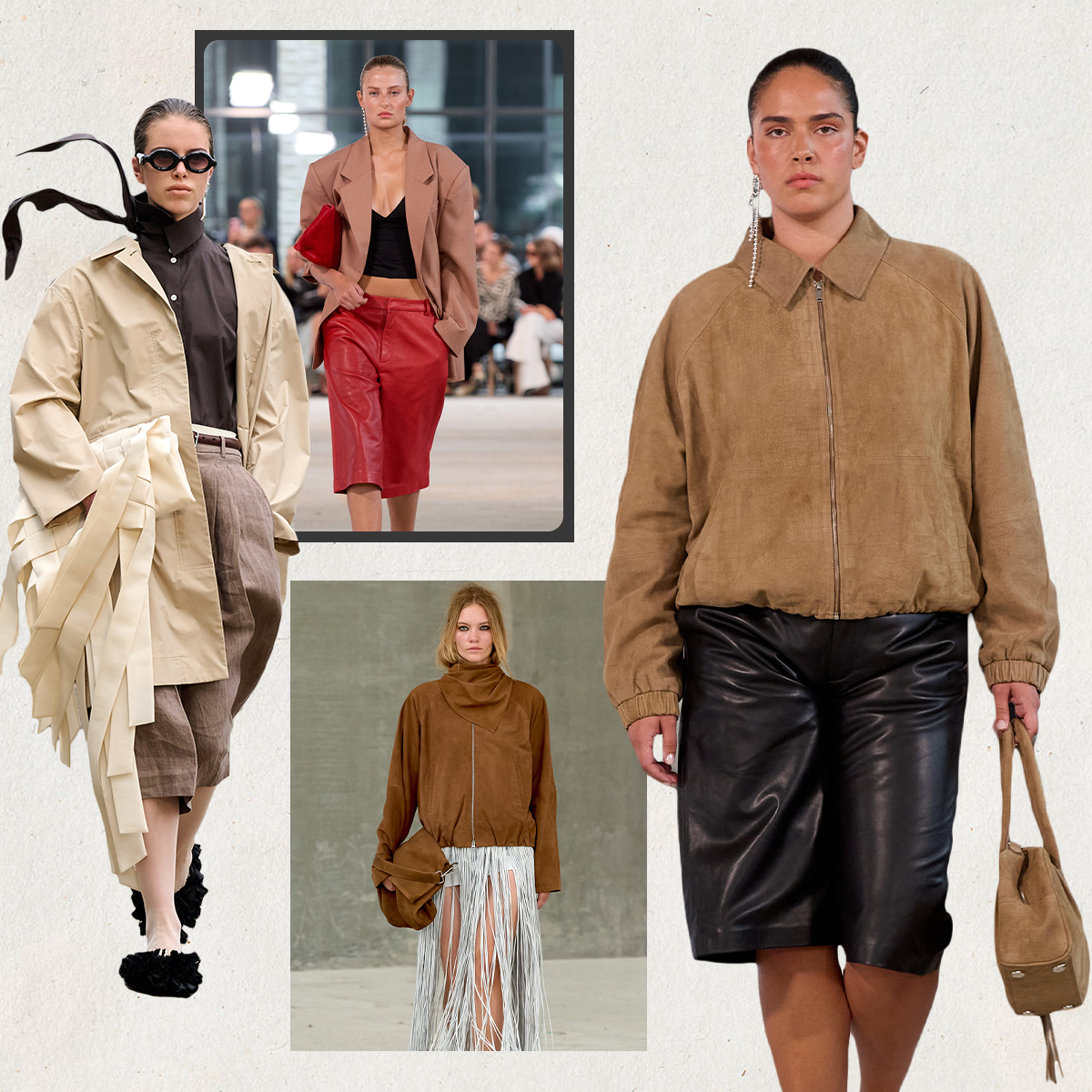 What Do Women *Actually* Want to Wear? These Danish Designers Have the Answer
What Do Women *Actually* Want to Wear? These Danish Designers Have the AnswerMeet the female-focused teams making a change.
-
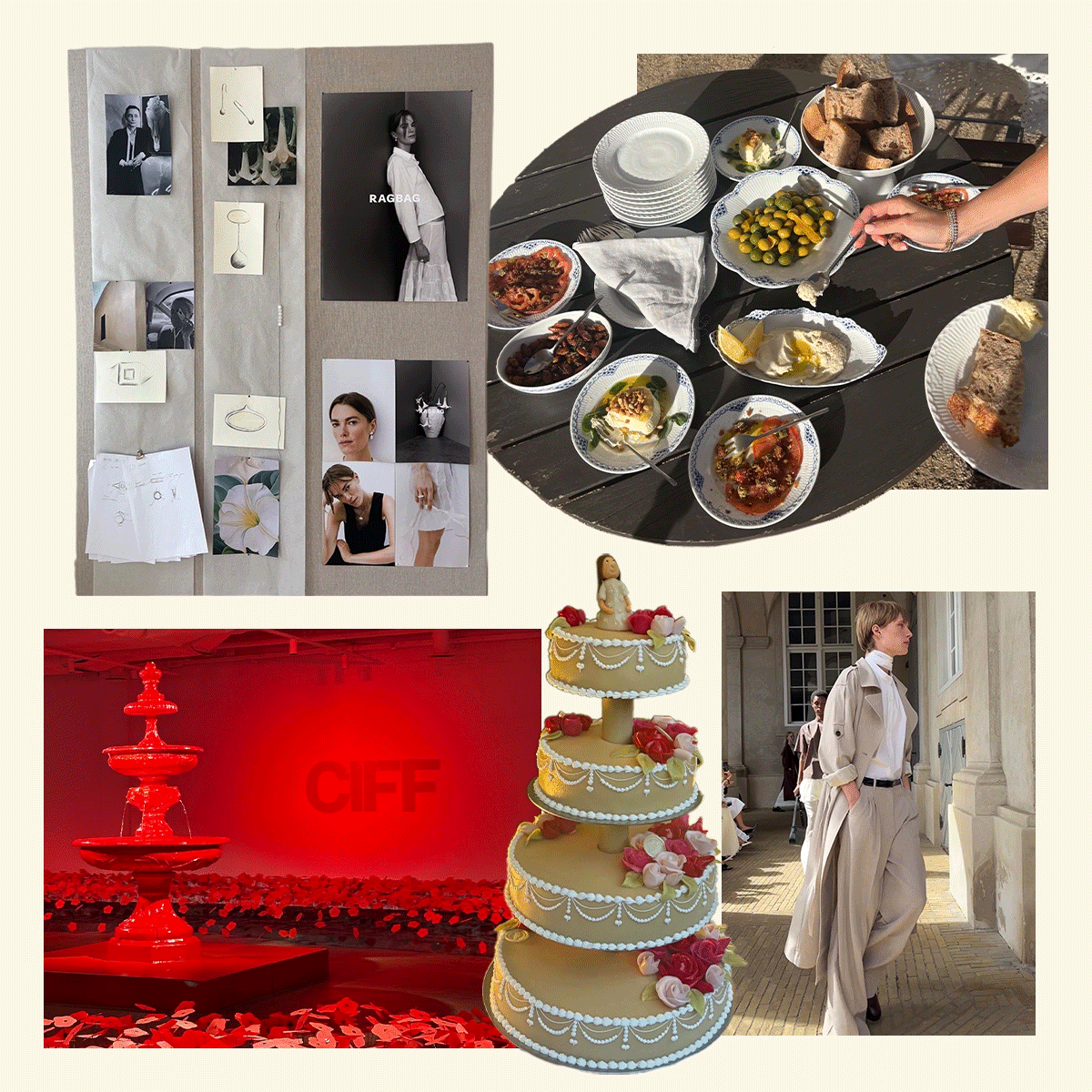 Scandi Style, Unfiltered: An Editor's Dispatch From Copenhagen Fashion Week
Scandi Style, Unfiltered: An Editor's Dispatch From Copenhagen Fashion WeekThe Danes do it better.
-
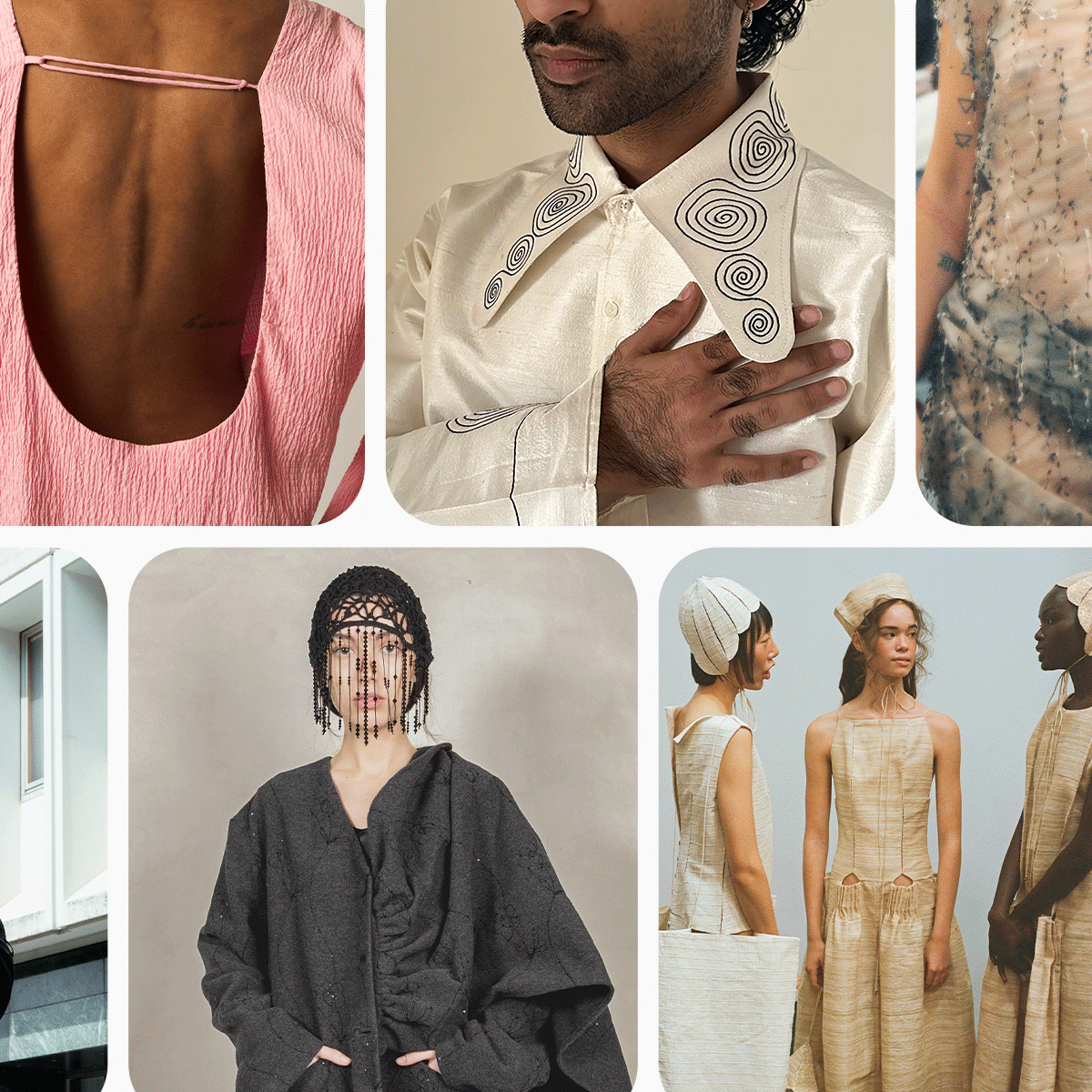 From Milan to Chișinău: Meet the 8 Designers That Make Up Fashion's New Guard in 2025
From Milan to Chișinău: Meet the 8 Designers That Make Up Fashion's New Guard in 2025We spoke with some of the industry's rising stars from around the world.
-
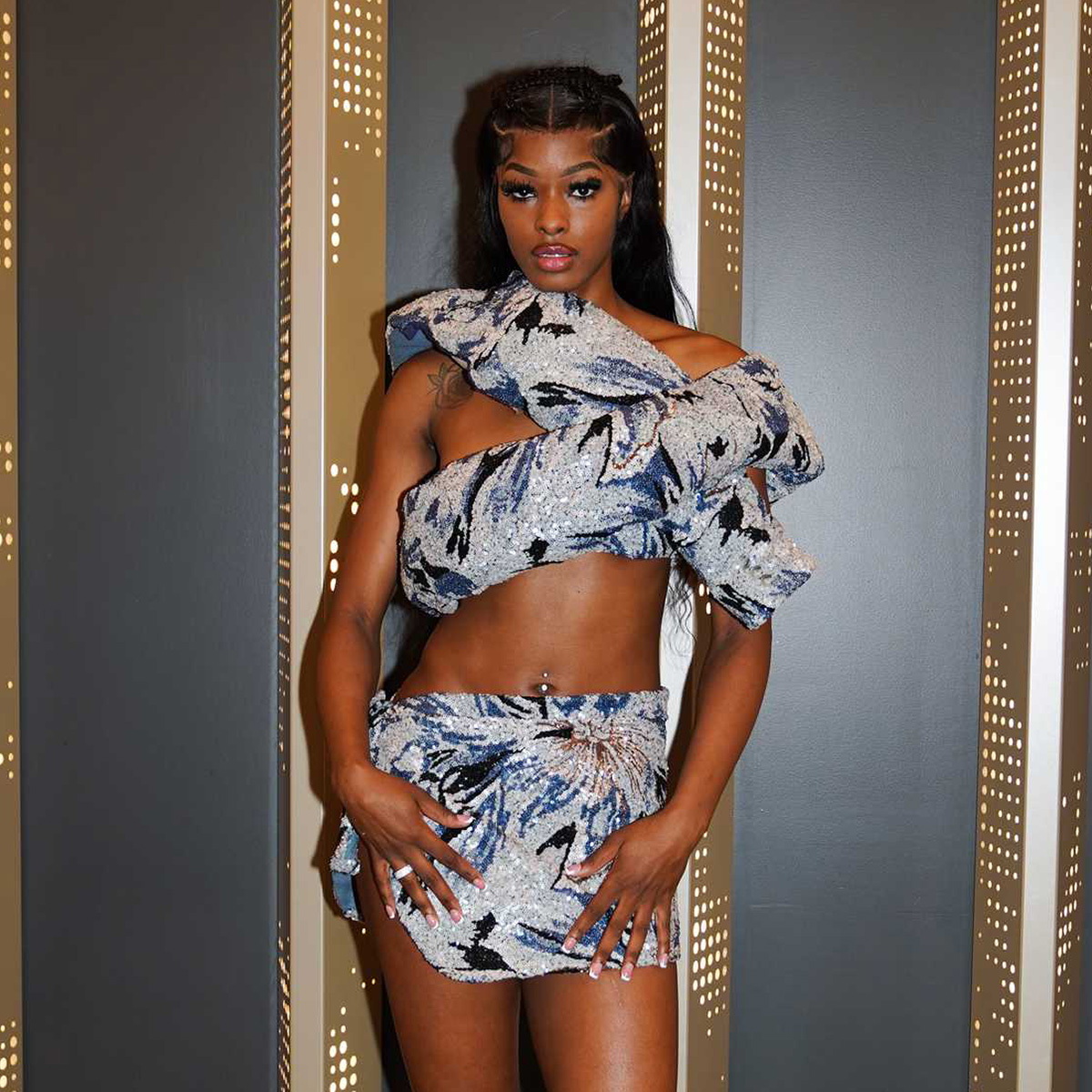 Prepare to See Rickea Jackson at a Lot More Than Just WNBA Games
Prepare to See Rickea Jackson at a Lot More Than Just WNBA GamesFashion girl loading.
